Screaming Frog: An Ideal Tool For SEO

Screaming Frog is a application which you can install on local machine such as Mac or Linux machine. The main function includes crawling website links, images from SEO point of view.
You can analyze and review a site to identify its flaws from SEO perspective. This tool makes work easy as it is quite difficult to perform in depth analysis of website.
You can download the tool using the linkhttp://www.screamingfrog.co.uk/seo-spider/.
The application is free for Windows, Mac and Ubuntu and you can crawl up to 500 URI’s. If you can purchase a license then it allows more URIs to be crawled.
If you want to use websiteGero Wonen Meubelen then you need to enter url to spider. You can paste the root domain and press the Start button.

Based on the size of website, it takes few minutes for crawling. You can check the progress at the top right corner to analyse the outcome.
Under the Response Code tab, the status of HTTP code gets displayed. The most important status as per HTTP code are:
Screaming Frog helps to assess the response time of site and pages under the response code tab. If the response is not good then you can use other tools such as Webpagetest.org and PageSpeed Insights. This allows you to perform in depth analysis of problem in order to find solution.
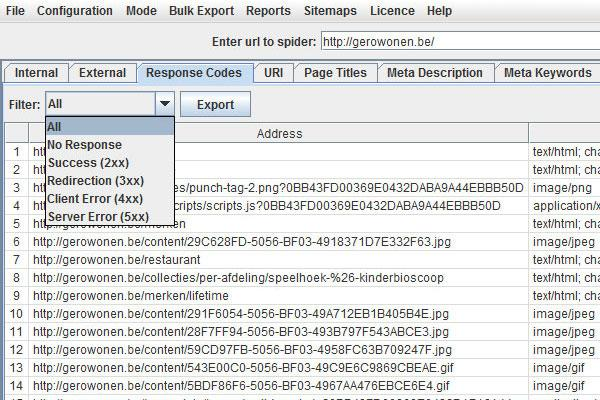
For e.g. the code 404 shows error which states that the site has been deleted or renamed.
You can search internal link which are broken. You will see a list of pages which link to broken URL. Once the broken links are identified then it is necessary to fix them.
You can analyse all the URLs of a website under URL tab. You can check the length of URL by sorting the column. A good URL is short and descriptive.
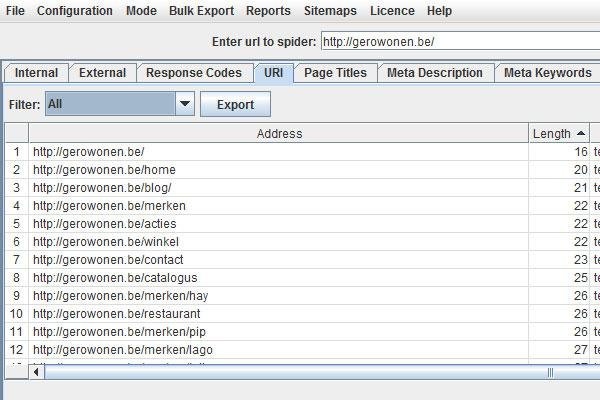
You cannot take look at filters for non ASCII characters such as underscores, uppercase, duplicate and dynamic URLs.
There should be unique title for each page and the keywords need to written at beginning of page title.

Remember that a title should never be longer than 60 characters? You can take a look at the Title 1 Pixel Width column where the length of title is measured by number of pixels instead of characters. However, there are certain letters and numbers which take more space than other characters.
The Meta descriptions is written under the page title so it is best to keep it below 160 characters. You need to truncate the long descriptions. If the meta description field is empty then it means that you need to add unique meta description to each page.
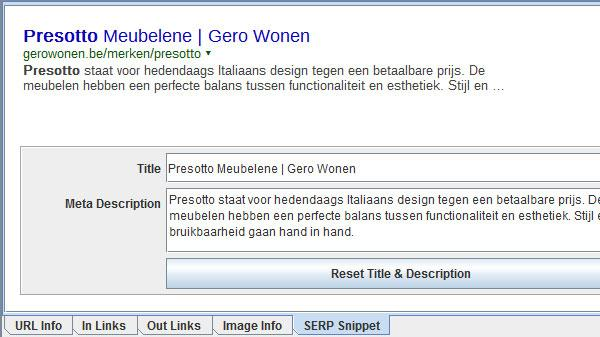
The search engine requires high page speed and it is taken into consideration while ranking web pages. But, if there are too much images on page then it will slow down the speed as bandwidth for images are long then it is better to keep it under the specified size.
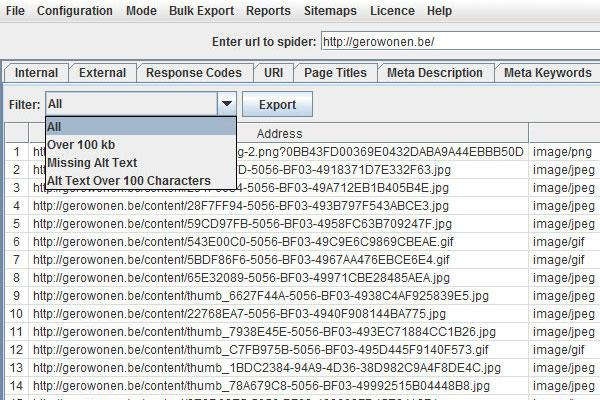
You can export images through Over 100kb filter but if there is alt-text so ensure that each image has unique and descriptive alt text.
In the Directives tab, you can view information about canonical links and rel=next/prev annotations. You need to use filter to view a certain type of directive.
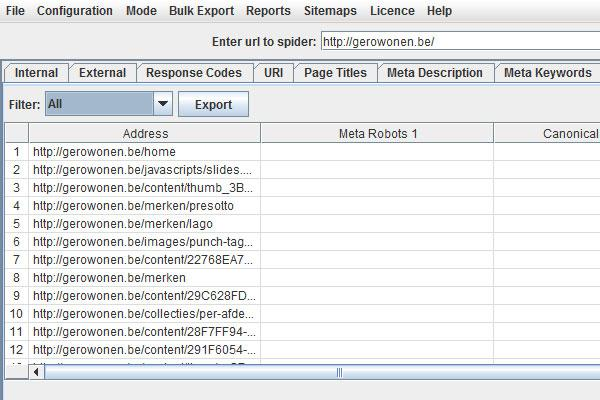
The Screaming Frog SEO spider generates anXML Sitemap. The search engines checks that whether the content is relevant or not. The roadmap helps to crawl the website. In the top navigation bar, under Sitemaps > Create XML Sitemap, the file has been created. To manually modify the priority, you can change the frequency of certain pages.
The Screaming Frog SEO Spider helps to analyze on-site elements such as page titles, meta descriptions, URL structure, response codes, images, etc. This is mainly used to perform optimization and helps to boost the performance to view the search results. As it is a free tool so it is necessary for every web designer to use it.
